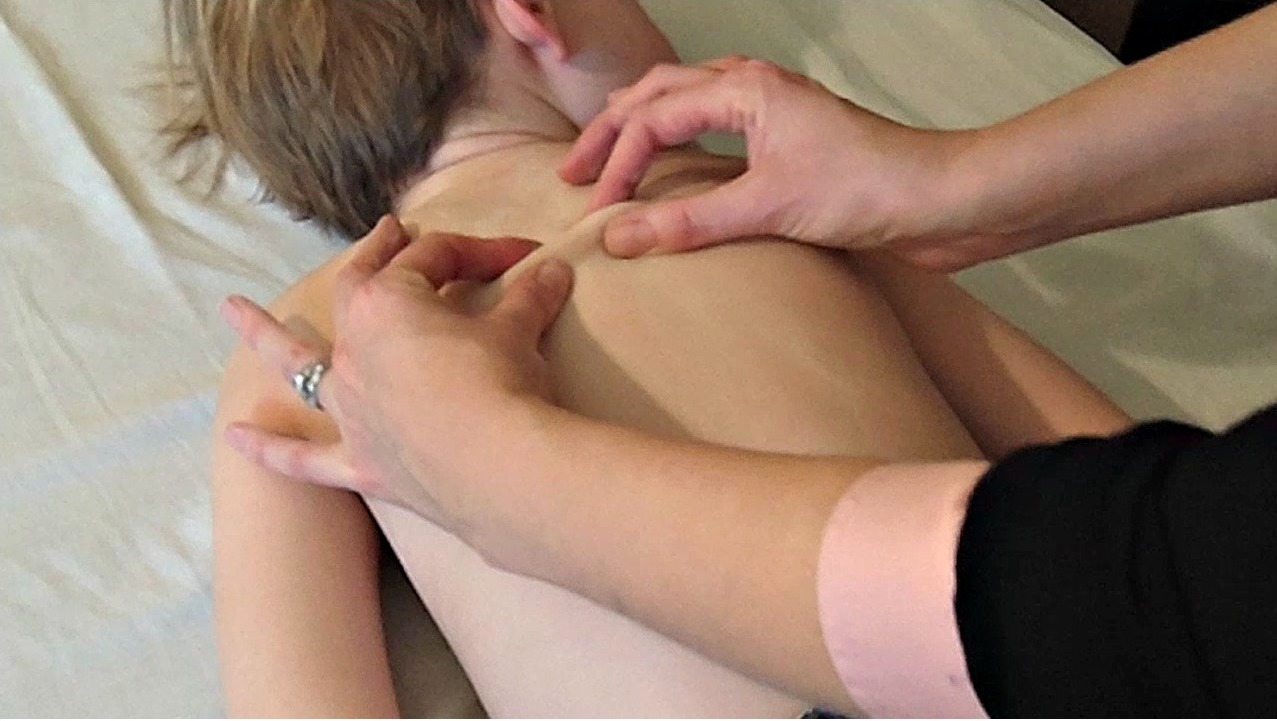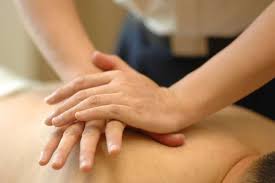Tuina
Tuina (pronounced "twee-nah") is a form of a Chinese therapeutic massage , citing its name from 'Tui', meaning ‘to push’ and 'Na', meaning ‘to grasp’. Tuina includes the use of the following: (i) hand techniques to massage the soft tissue (muscles and tendons) of the body, (ii) acupressure techniques to directly affect the free flow of qi, and (iii) manipulation techniques to realign musculoskeletal and ligamentous relationships. Tuina offers a wide range of physiological and psychological benefits and generally increases well-being and the feeling of euphoria.
Tuina is a multi-faceted treatment and can be employedas a general massage or as a sports injury treatment. It is also used to treat a variety of ailments, including:
· neck pain and frozen shoulder
· headache, migraine
· low energy, poor circulation
· back pain, sciatica
· digestive disorders and stress
· rheumatism, arthritis
· joint pain or moving pain
· ankle or wrist pain
What is Pediatric Tuina?
Paediatric Tuina has been developed specifically as a massage technique for the treatment of ailments in children. It is a very effective technique used to stimulate meridians and acupuncture points without requiring the use of any tools.
It influences a child's energetic flow such as Qi in the same way as acupuncture does, but through the use of a gentle massage technique, rather than needles, to activate the various points. This form of Tuina is performed predominantly on an infant or child’s fingers, palms and forearms, with rhythmic and firm movements being performed in rapid succession.
Paediatric Tuina is suitable for the treatment of common childhood ailments such as colds, fever, coughs, diarrhoea, bed-wetting and night terrors. Paediatric Tuina can also improve children's overall health and well-being by strengthening their immune systems.






